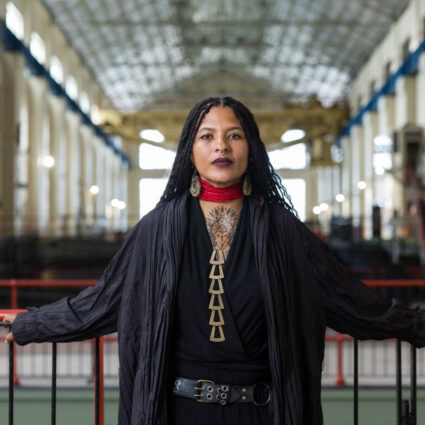Santa Fe-based Currents New Media Festival embraces COVID-19 protocols to produce a new hybrid program for remote and local audiences.
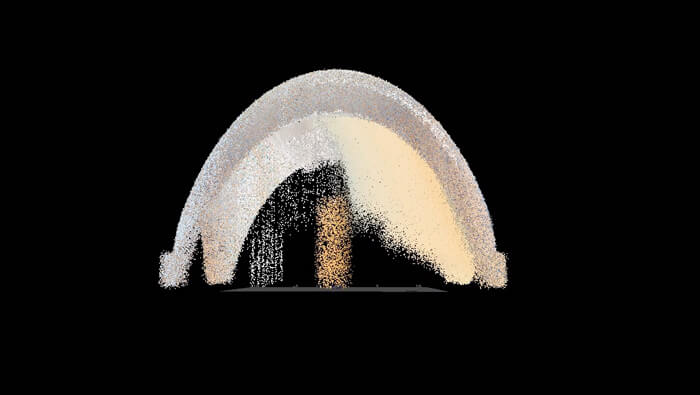
With all best-laid plans in 2020, the Currents New Media Festival—a well-regarded yearly art event centered around experimenting with screens, new technologies, video, and digital formats—adjusted its program in accordance with shelter-in-place mandates.
In several ways, the repurposed all-online format thrived and created desktop experiences en masse outside of Santa Fe.
Approximately 6,500 people tuned in from ninety-five different countries during the 2020 edition of Currents, a welcome representation of the global interest in new-media arts and the unique programming efforts of festival co-founders Mariannah Amster and Frank Ragano. The organizers say that viewers from every state in the country as well as 140 California cities tuned in to the pandemic-friendly event. Previous in-person festivals brought in around 8,000 attendees.
This year for the nineteenth annual edition of Currents, Amster and Ragano are applying several pandemic strategies during a simultaneous virtual and in-person program, one that remains committed to local interaction while creating points of access for far-flung attendees.
“Everything that happened [during the pandemic] has supported rethinking how we do things,” says Amster about the 2021 Currents New Media Festival, scheduled to take place June 18–27 at multiple venues around the city of Santa Fe and online.
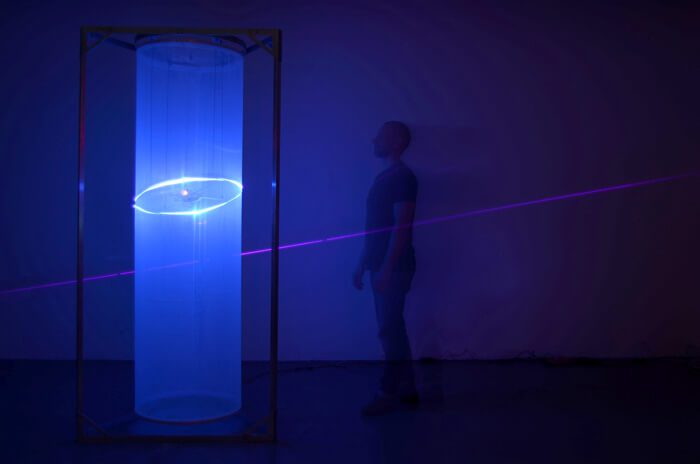
Performances from international artists will stream online, including Akiko Nakayama’s Alive Painting. The Tokyo-based artist plans to broadcast her live painting by “combining the energy of movement and vibrant colors.”
Other scheduled online performances include Still Here by Zahra Rasool and Sarah Springer. The immersive multimedia project centers on a composite character returning home after fifteen years in prison—a narrative crafted in collaboration with incarcerated women, it premiered at the 2020 Sundance Film Festival.
Traces of Antigone, an interactive digital performance, is another work that addresses gender inequality issues that the pandemic brought to light. The piece was written by Christina Ouzounidis and staged for Zoom with an international all-female cast by Athens, Greece-based Elli Papakonstantinou.
“Each little Zoom box is actually a designed piece,” says Amster about Traces of Antigone. “Artists really explored being online as an art form. Submissions were exciting because artists were very committed to the form.”
In addition to the online space, there will also be live performances and installations at brick-and-mortar spots such as the Center for Contemporary Arts. Amster says that many works scheduled to be at CCA for the 2020 festival were moved to the 2021 incarnation and will be viewable in real life with COVID-safe precautions.
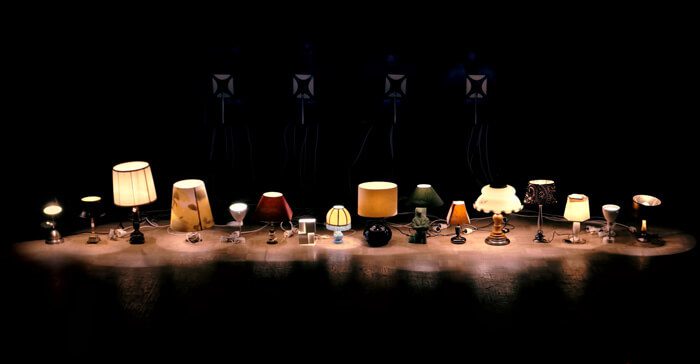
A number of the works scheduled at CCA challenge the fixity of space. For instance, Yuge Zhou’s Trampoline Color Exercise outdoor video installation collages a bird’s-eye view of Olympic gymnasts as the colors of their uniforms and associated nationalities change.
Meanwhile, Pablo-Martín Córdoba’s single-channel video Gare Paris-Saint-Lazare tracks the memories of urban space by overlaying excerpted stills. Córdoba’s visible digital manipulations emphasize a sense of happenstance while pushing the visual picture into abstraction.
The first iteration of Currents took place at CCA in 2002 when local new-media artists self-identified as an artist collective. Amster and Ragano, who showcased works in the debut event, started the festival to create space and opportunities for a community of Santa Fe digital-centric creatives.
Since formalizing the festival in 2010, Amster and Ragano retired from exhibiting their own works in favor of curatorial administration—a transition that allows them to celebrate and promote the endeavors of exhibiting artists. Their annual efforts have reinforced and amplified the field of new-media art in the United States while putting Santa Fe on the map as one of its hubs.
In the words of Amster and Ragano: “The whole thing is a big community event.” And they are already thinking toward the future.
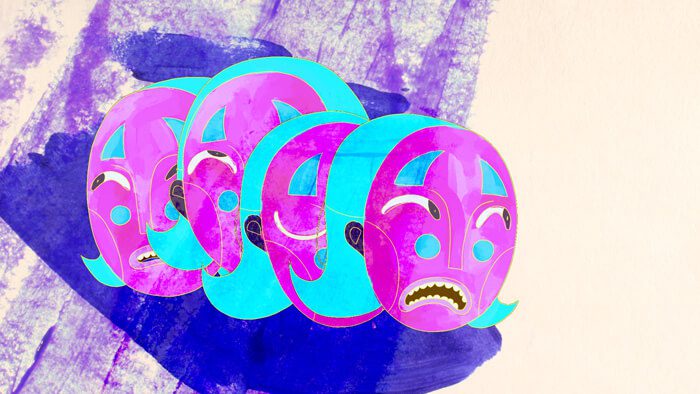
“We are still committed to returning to a larger scale physical festival,” says Amster. “[We’re] trying to decide because the virtual festival is quite exciting and vibrant. [We] may try to do physical and virtual at different times of the year.”
“It’s not just about the work,” adds Ragano. “It’s also about [the] attending experience. We’re waiting for feedback.”
